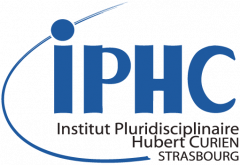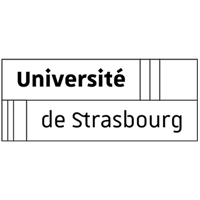Institut pluridisciplinaire Hubert Curien - IPHC
L’IPHC, unité mixte de recherche sous cotutelle du CNRS et de l’Université de Strasbourg (UMR7178), est un exemple de réussite de la pluridisciplinarité où des équipes de recherche de cultures scientifiques différentes (écologie, physiologie et éthologie, chimie et physique subatomique) développent des programmes pluridisciplinaires de très haut niveau avec pour socle l’instrumentation scientifique.
Nos départements de recherche

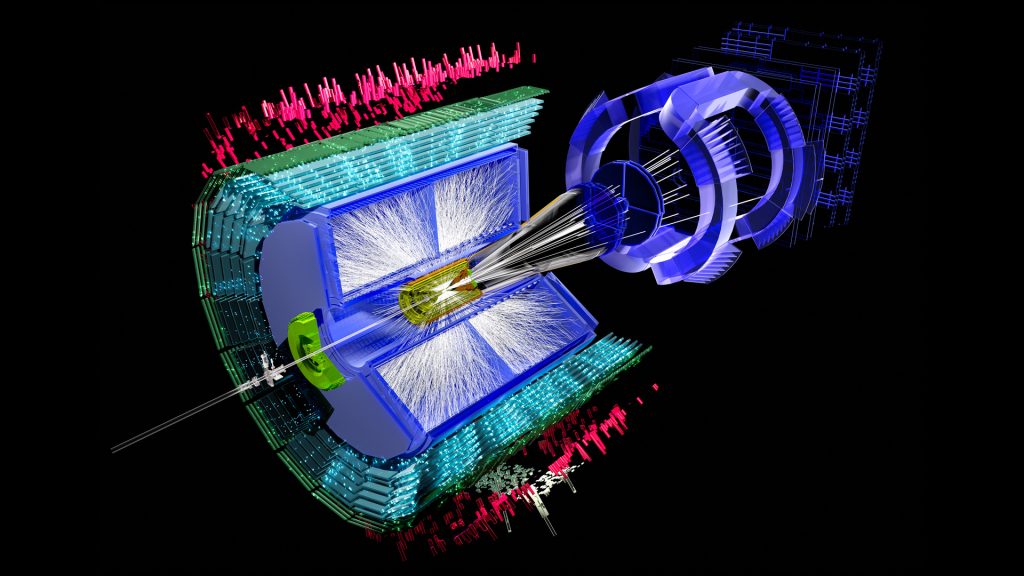

Les Actualités
Voir toutes les actualités
Soirée au cœur des étoiles au planétarium de Strasbourg avec l’expérience Stella
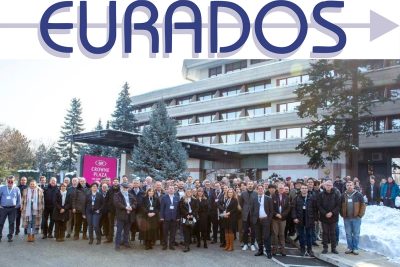
L'IPHC devient le 1er laboratoire du CNRS votant dans EURADOS

L'étude du Chrome-62 apporte un éclairage nouveau sur les « îlots d'inversion »
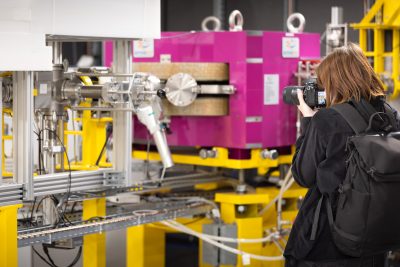
Photowalk 2025 à l'IPHC

Belle II International Masterclasses 2025

Atelier philo-sciences | Nature en ville... est-ce une utopie ?
Suivez-nous
Prochains évènements
Voir l’agendaInstrumentation and modelisation for advanced radiotherapy techniques
Speakers: Jayde Livingstone (LPSC) Radiotherapy is a key treatment modality for cancer, aiming to deliver a lethal dose to malignant cells while minimising damage to surrounding healthy tissues. Advanced and emerging radiotherapy techniques, such as hadron therapy, spatially fractionated radiation therapy (MRT), and ultra-high dose rate irradiation (FLASH), seek to enhance this therapeutic effect by improving tumour targeting and reducing toxicity to normal tissues. Hadrontherapy takes advantage of the unique dosimetric properties of charged particles, such as protons and heavier ions, promising to precisely target tumours whilst avoiding damage to surrounding healthy tissues. However in practice, uncertainties in the ion range and variations in the relative biological effectiveness (RBE) of different ions and secondary particles lead to conservative dose prescriptions to ensure treatment safety. Synchrotron microbeam radiation therapy (MRT), on the other hand, combines spatial fractionation and high dose rate irradiation to significantly reduce normal tissue toxicity while maintaining effective tumour control. MRT, still in the preclinical phase, requires the development of rigorous dosimetry protocols to ensure accurate and reproducible dose delivery for future clinical implementation. At the core of my research is the development of specialised instrumentation, particularly detection systems, for hadrontherapy and MRT. These techniques require highly efficient detectors capable of operating in high-radiation environments, offering fast response times, resilience to extreme conditions, and high spatial resolution for precise dose measurement. This seminar will focus on the development and experimental characterisation of novel detectors, complemented by Monte Carlo simulations, to advance dosimetry and quality assurance in advanced radiotherapy techniques. https://indico.in2p3.fr/event/35985/
Spatially fractionated radiotherapy: Challenges, advantages and opportunities
Speakers: Savernaz Keshmiri (STROBE-IRMaGe / Université Grenoble Alpes) The goal of radiotherapy is to achieve a better therapeutic index by enhancing tumor control probability while minimizing side effects. One strategy to enhance the sparing of normal tissue is to induce the dose-volume effect through spatial fractionation of the irradiation (SFRT) beam. By using an array of narrow beams with micrometric widths instead of a homogeneous beam, healthy tissues exhibit greater radiation tolerance, allowing for an increase in the administered dose. Most studies on microbeam and minibeam radiation therapy have been conducted at synchrotrons, where high-dose-rate, quasi-parallel orthovoltage X-rays combine SFRT with the FLASH effect.After reorienting my research career from nuclear engineering to medical physics, I pursued a PhD on SFRT. My research focused on developing a multiscale Monte Carlo (MC) dose calculation engine (ranging from the centimeter to the micrometer scale) for synchrotron microbeam radiation therapy (MRT). The PENELOPE MC code was chosen for its ability to model low-energy electrons with high precision and account for synchrotron photon polarization. This engine, named penMRT, was validated using cross-validation with already validated codes like Gate. During my research carrier, I had the opportunity to participate in the very first translational trials on MRT in European synchrotron of Grenoble, treating canine patients with spontaneous gliosarcoma. This study demonstrated a tumor volume reduction of over 70% within a single MRT session, without any observed toxicity.After these promising results and two decades of preclinical research, spatial fractionation is now on the verge of clinical implementation. To achieve this, the technique needs to be tested in clinical conditions, where the radiation beam—unlike synchrotron-generated X-rays—is divergent and delivered at a much lower dose rate. This is why we continued our research as research project as part of my research engineer poste, working on implementing spatial fractionation-based treatment on the Small Animal Radiation Research Platform (SARRP), where the radiation source closely resembles those used in clinical settings. In this context, we designed and optimized a versatile, low-cost, and easy-to-mount collimator using MC simulations. Currently in fabrication, the collimator will be characterized using film dosimetry and microdiamond detectors upon delivery. Since commercial treatment planning systems cannot account for SFRT, penMRT will be used for treatment planning and dose prescription. As an open-source code, penMRT can be integrated into commercial software, facilitating SFRT implementation in research centers.As part of our collaborations, I have also worked with two teams—one from Grenoble (Laboratoire de Physique Subatomique et Cosmologie) and another from Lyon (Institut des Nanotechnologies de Lyon)—on the development of diamond detectors and micro-scintillators for quality assurance in spatially fractionated radiotherapy. My role involves MC simulations at the micrometric scale to optimize scintillator seed sizes, interpret detector response through intercomparison of simulations and measurements, and compare detector performance with other dosimetry techniques, such as film dosimetry.Looking ahead, it would be interesting to develop algorithms to reconstruct dose distributions from real-time detector data acquired during patient treatments. Comparing these reconstructed doses with planned doses would enhance treatment precision assessment. Additionally, estimating secondary particle contamination would help quantify the total dose received by the patient, improving overall treatment safety and effectiveness. https://indico.in2p3.fr/event/35981/
